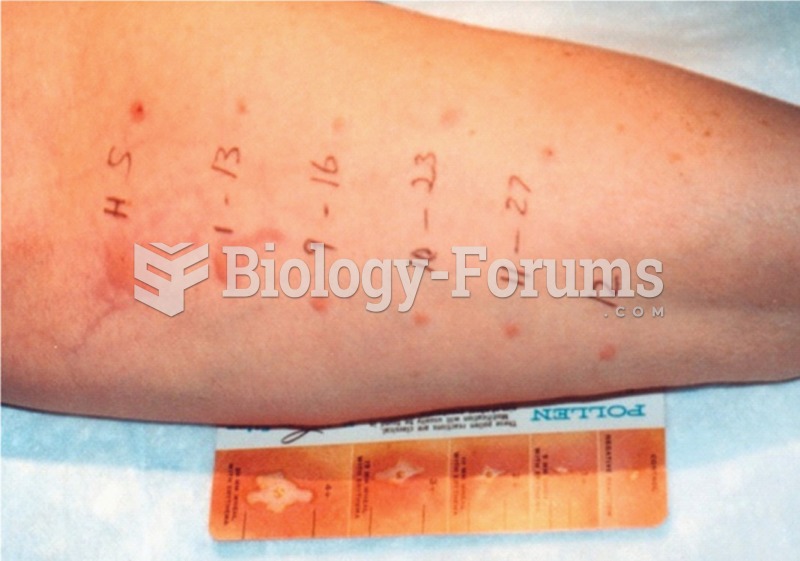Answer to Question 1
The American Cancer Society recommends that (first) you stand in front of a mirror and:
Examine your face (especially the nose, mouth, and lips), front and back of the ears, neck, chest, abdomen, and upper back. Women should also lift their breasts to examine the skin underneath.
Check both sides of your arms, underarms, both sides of the hands, between the fingers, and under the fingernails.
With the aid of a handheld mirror, scan your lower back, buttocks, and genital area.
Using a comb, a hair blow dryer, and if possible, the assistance of a friend or family member, thoroughly examine the entire scalp.
Then, sit down on a chair or bench and:
Inspect the front of your thighs, lower legs, the top and soles of your feet, between the toes, and under the toenails. Using a handheld mirror, inspect the back of your thighs and the lower legs.
Answer to Question 2
Prostate cancer is difficult to detect and control because the causes are not known. Death rates can be lowered through early detection and awareness of the warning signals. Detection is done by a digital rectal exam of the gland and a prostate-specific antigen (PSA) blood test once a year after the age of 50 . Possible warning signals include difficulties in urination (especially at night), painful urination, blood in the urine, and constant pain in the lower back or hip area.
Factors that may decrease the risk include increasing the consumption of tomato-rich foods and fatty fish in the diet two or three times per week, avoiding a high-fat (especially animal fat) diet, increasing daily consumption of produce and grains, and maintaining recommended vitamin D intake (obtained through supplements, multivitamins, and fortified milk and manufactured by the body when exposed to sunlight). Vigorous exercise such as jogging or swimming has been shown to lower risk of advanced prostate cancer by as much as 70 percent in older men, and even brisk walking has been shown to halt the cancer's progression.







